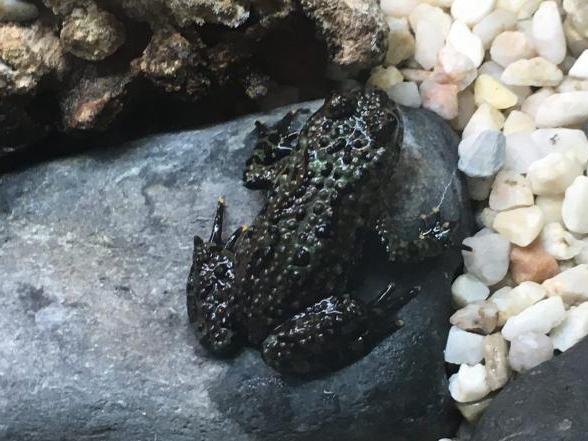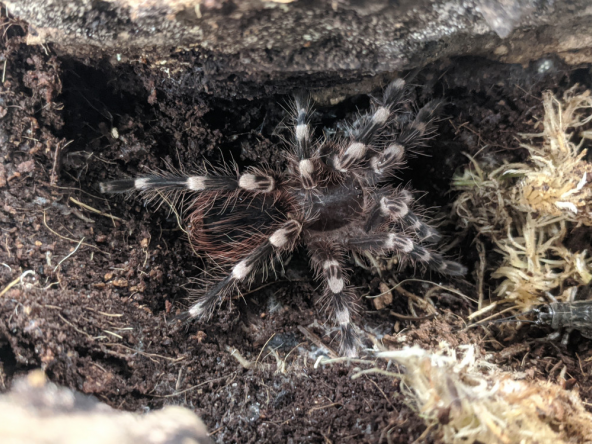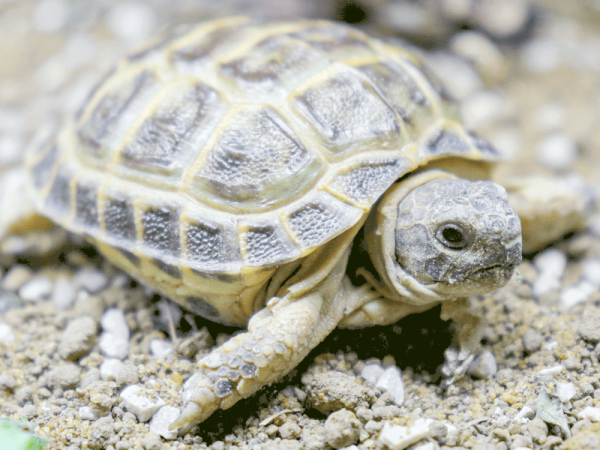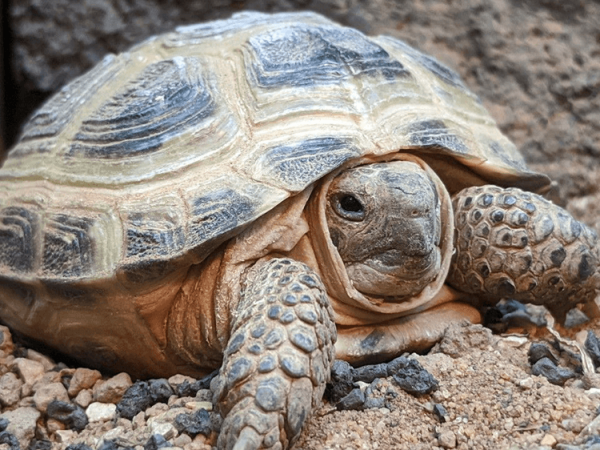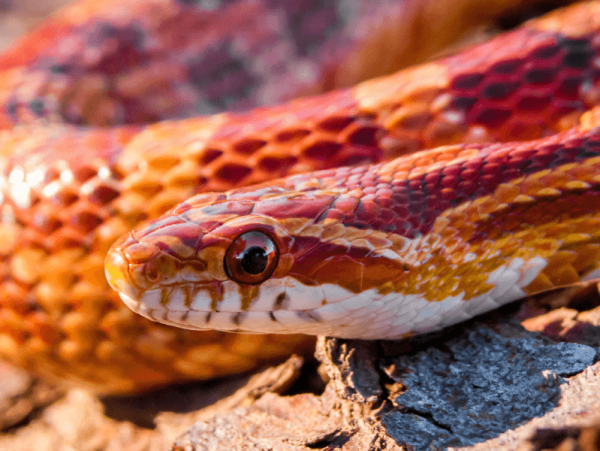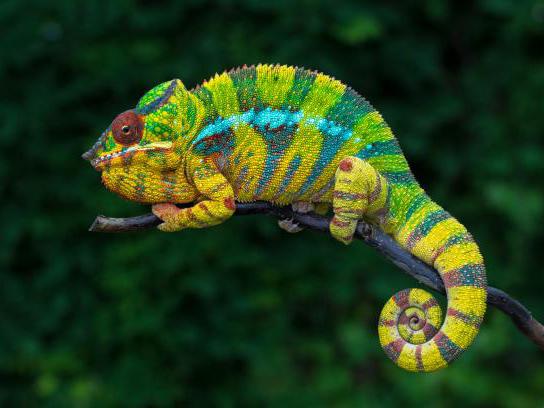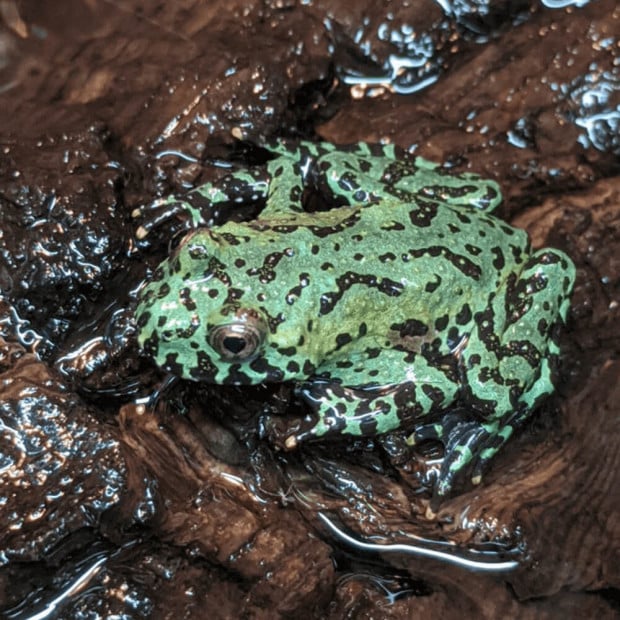Optional extras
Oriental fire-bellied toad, Bombina orientalis, care sheet
Categories: Care sheetsAmphibians
Oriental fire-bellied toads are a social species of semi-aquatic amphibian found in Northern and Central Asia. Their habitats consist of forest, woodland, temperate rain forest, marshland swaps and even farmland where they can be found displaying in aquatic and terrestrial terrain. These toads are green or brown on the top of their bodies and bright orange or red underneath, which is where they get the fire-bellied name.
Being amphibious this species should not be handled, as contact with our skin can cause discomfort and long term damage. Despite this, they are active, can live in groups and are interesting pets.
Housing
The Fire-bellied toad is a fascinating species with diverse behavioural habits. Make sure that enough space is available for all individuals to escape one another and have sufficient feeding, heat and cover opportunity. 5 - 6 toads will require a minimum of 90 x 45 x 45 cm terrarium. Within this space, it is recommended to have a significant amount of water as well as land - up to 50/50. For the water section, there is the option of a substrate base to make it look a little more natural and provide an opportunity for aquatic plants.
Despite this being the aquatic section, it is also a good idea to include a variety of rocks and wood, which your toads can use to get out of the water or hide under. Any water going into the tank, including this water area, will need to be dechlorinated, which can be done with a liquid additive such as ZooMed’s Reptisafe.
Chlorine has a drying effect on amphibian skin, so normal tap water can 'burn' the toads and cause damage. This will also be relevant in misting the enclosure. For the land section of the tank, a good moisture-holding substrate soil should be used, as well as mosses and leaf litter to make it more natural and provide cover. In addition, a variety of decor such as branches, logs, rocks and foliage are extremely beneficial to your animals and creates good enrichment opportunity and mental stimulation. You will find this species use any enrichment provided and will even climb as well as swim.
Another behavioural aspect to note is that male toads can be quite vocal. This is one of their communication systems and is very relevant to them especially during mating. For groupings, you would want at least a couple of females, so as not to put too much stress on one female with multiple males, but you can also keep male groups or female groups.
You might also see your toads clinging to one another - this is to show dominance and won’t cause injury but should be kept an eye on. With any group-living species, it is vital to ensure all individuals maintain a good weight and no single one is being targeted, however, there will always be a certain pecking order.
Heating and lighting
To provide sufficient heating and lighting for these animals, start with a warm area of 26C on the land section of the enclosure. This is best reached with a basking bulb or ceramic heat emitter - either of which will need attaching to the relevant thermostat to ensure the safety of the animals. For the cooler areas of the tank, including the water section, 18-22C is recommended and therefore will likely not warrant a submersible heater unless in a considerably cold room.
Nighttime temperatures can drop to 15C - which will mimic a drop in temperature that would naturally be experienced in a wild setting. All temperatures should be consistently monitored using an accurate digital thermometer.
Fire-bellied toads would also naturally be exposed to UVB and this is an important addition to your enclosure, boosting health and well-being as well as creating a more natural environment. Good examples of relevant bulbs are Arcadia's Shade Dweller or 6% T5 (The strength depending on the height of your enclosure). UV should be used in a 12-hour cycle, going off as the temperature drops, and the bulbs will also need replacing after 6-12 months (lifespan depending on bulb and brand). After the specified lifespan, the bulb may still glow, but the UV would have deteriorated.
Humidity
High humidity is vital in your Fire-bellied setup and should be between 70 - 80% - and measured with an accurate digital hygrometer. To reach this humidity may not be too difficult with such a large water section, but will require additional misting and/or the use of a fogger, to ensure the land area doesn't dry out. Remember misting water will also need dechlorinating. Live plants and moss can also be great contributors to this humidity.
Diet
Fire-bellied toads are insectivores and will feed on a variety of crickets, locust, Calci worms and flies. Gut loading in conjunction with dusting with good quality calcium, D3 and multivitamin supplements in an alternating cycle will mean the frogs receive all the required nutrients from the live food. Vitamin A is also vital to frogs specifically and plays a big part in vision, skin health and tissue growth - essential for an amphibian which can be prone to neurological issues.
Swell SuperStore Oriental Fire-bellied toads:
- Scientific name - Bombina orientalis
- Adult Expected Size - Around 2 inches / 5 cm
- Habitat - Woodland, temperate rain forest, marshland, swaps and farmland in Northern and Central Asia. Semi-aquatic.
- Required Enclosure Size - 90 x 45 x 45 cm (5 - 6 toads)
- UV Lighting - 1 - 2 UVI (7% Shade Dweller or 6% T5 - Depending on the height of the enclosure)
- Expected Lifespan - 15 - 20 Years
- Temperature Gradient - 20 - 26C
- Humidity Levels - 70 - 80%
- Feeding - Insectivore - Live food such as crickets, locust, calci worms and flies
- Handling - Cannot be handled, as contact with our skin can cause discomfort and long term damage
Jeremy Gay is an author, lifelong fishkeeper, and exotic pet specialist. He's a former editor of Practical Fishkeeping Magazine, UK editor at Reefbuilders, a former pet store manager, and has collected wildlife in Sri Lanka and the Amazon. He's been on tv and radio, contributed to Koi Carp and Gardeners World magazines, been a product tester, a judge, and a product developer.




